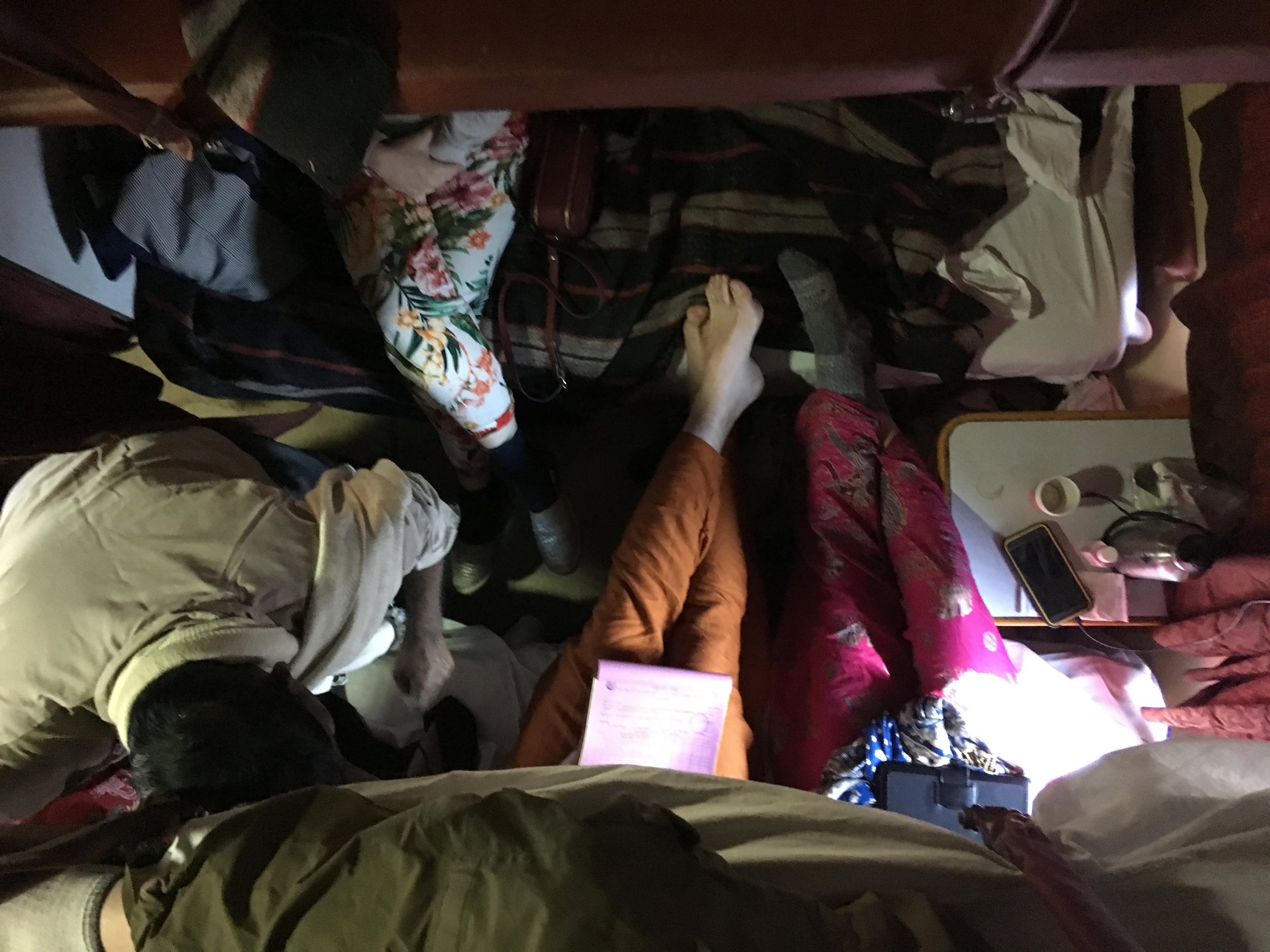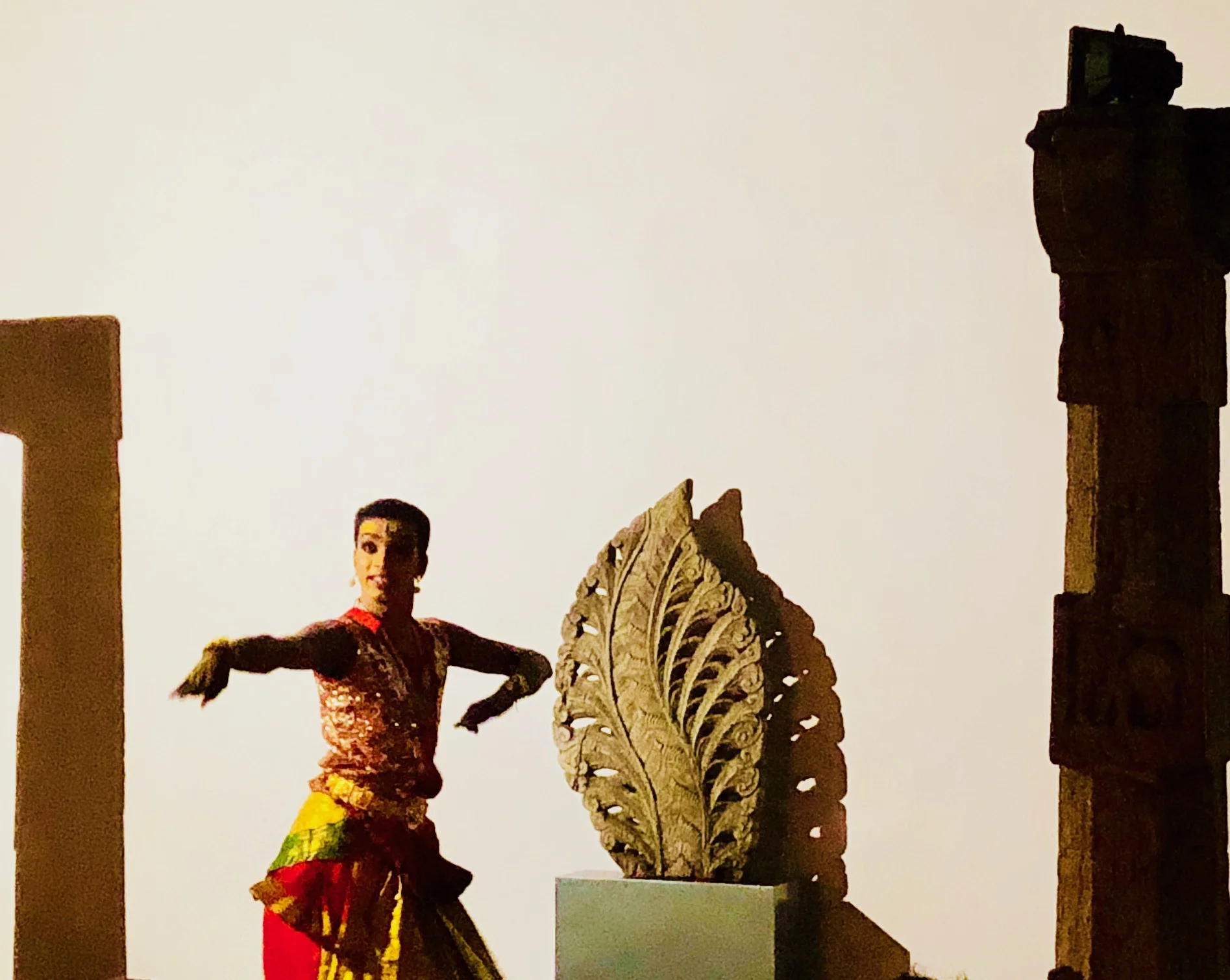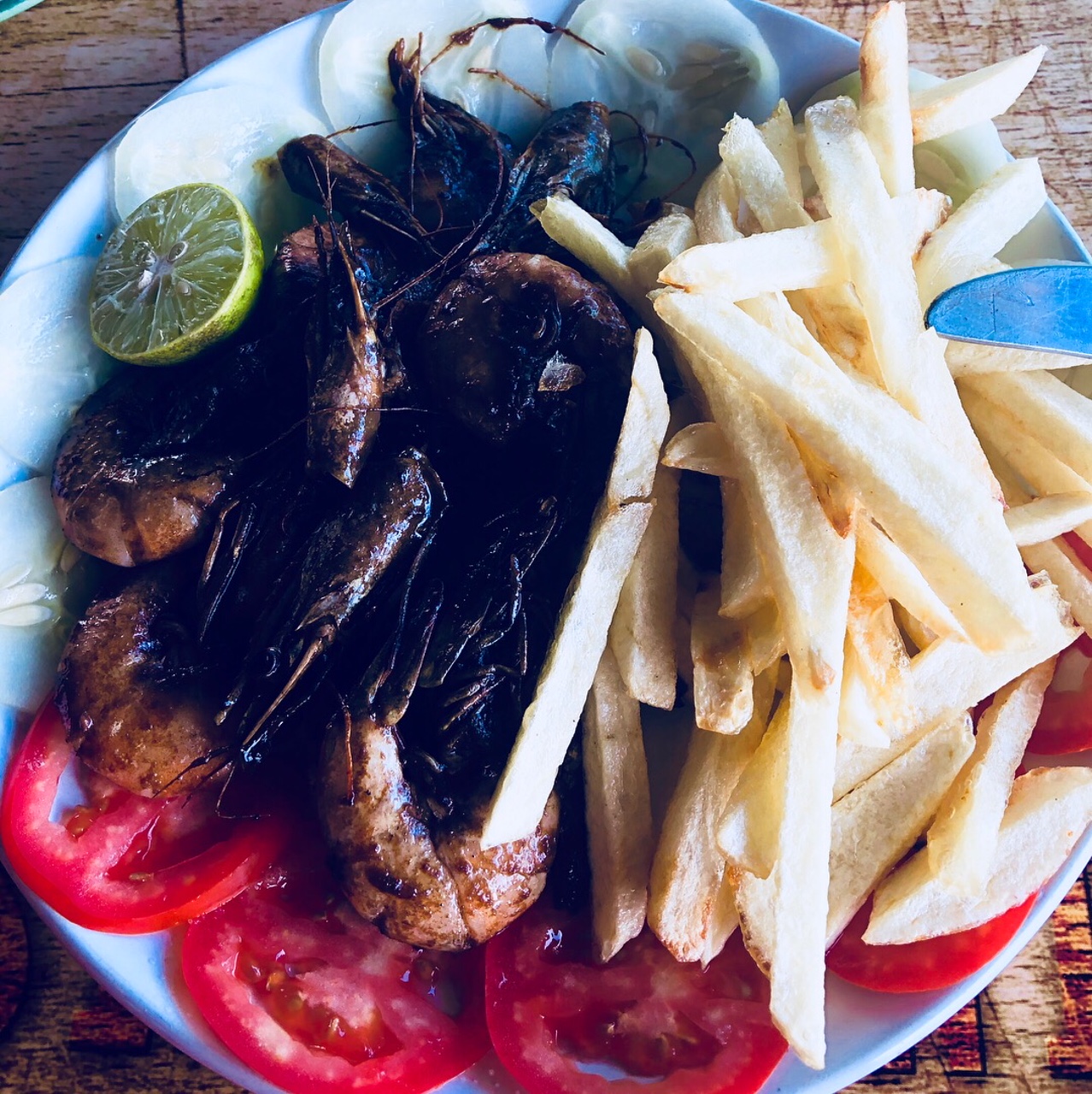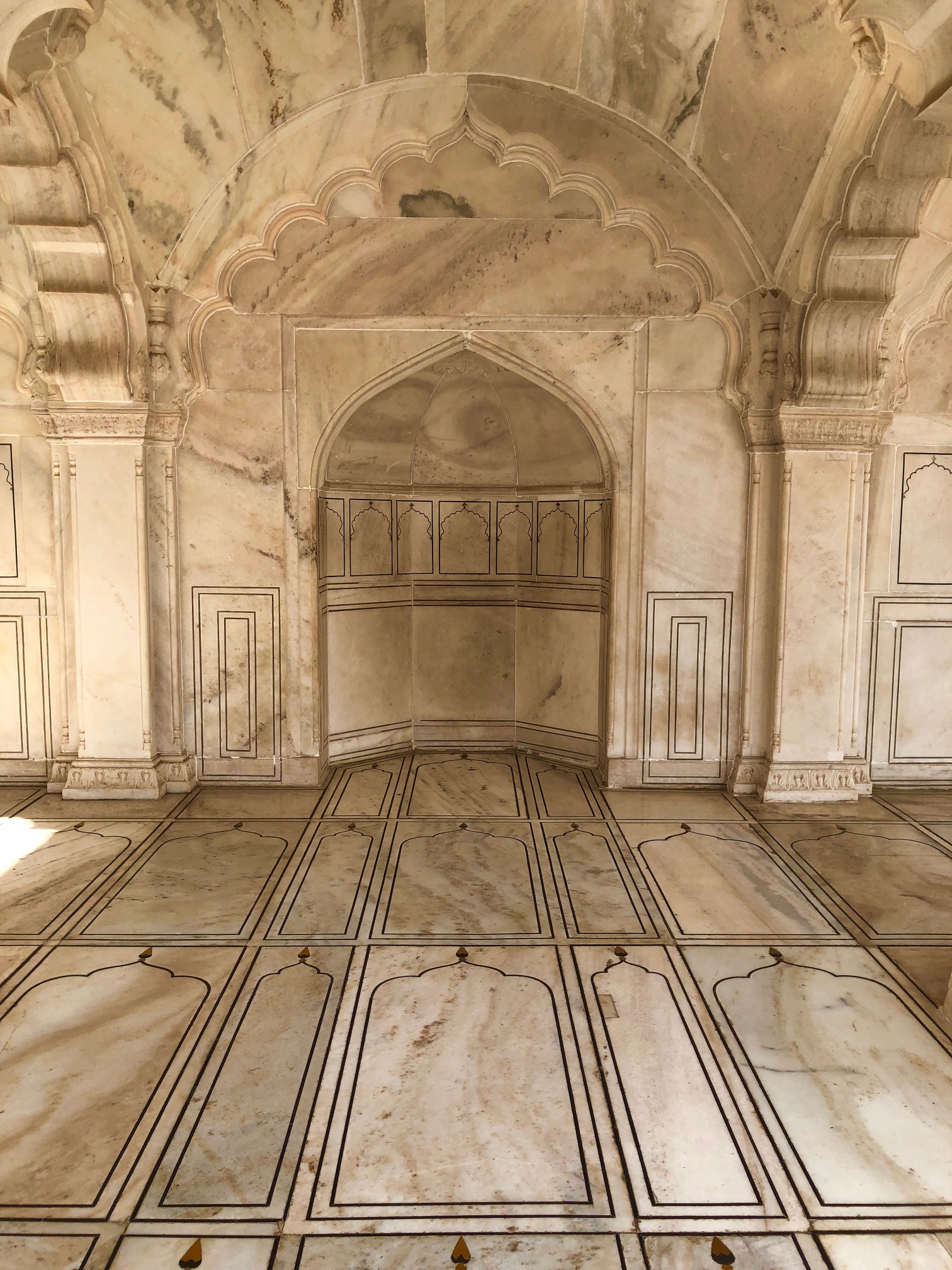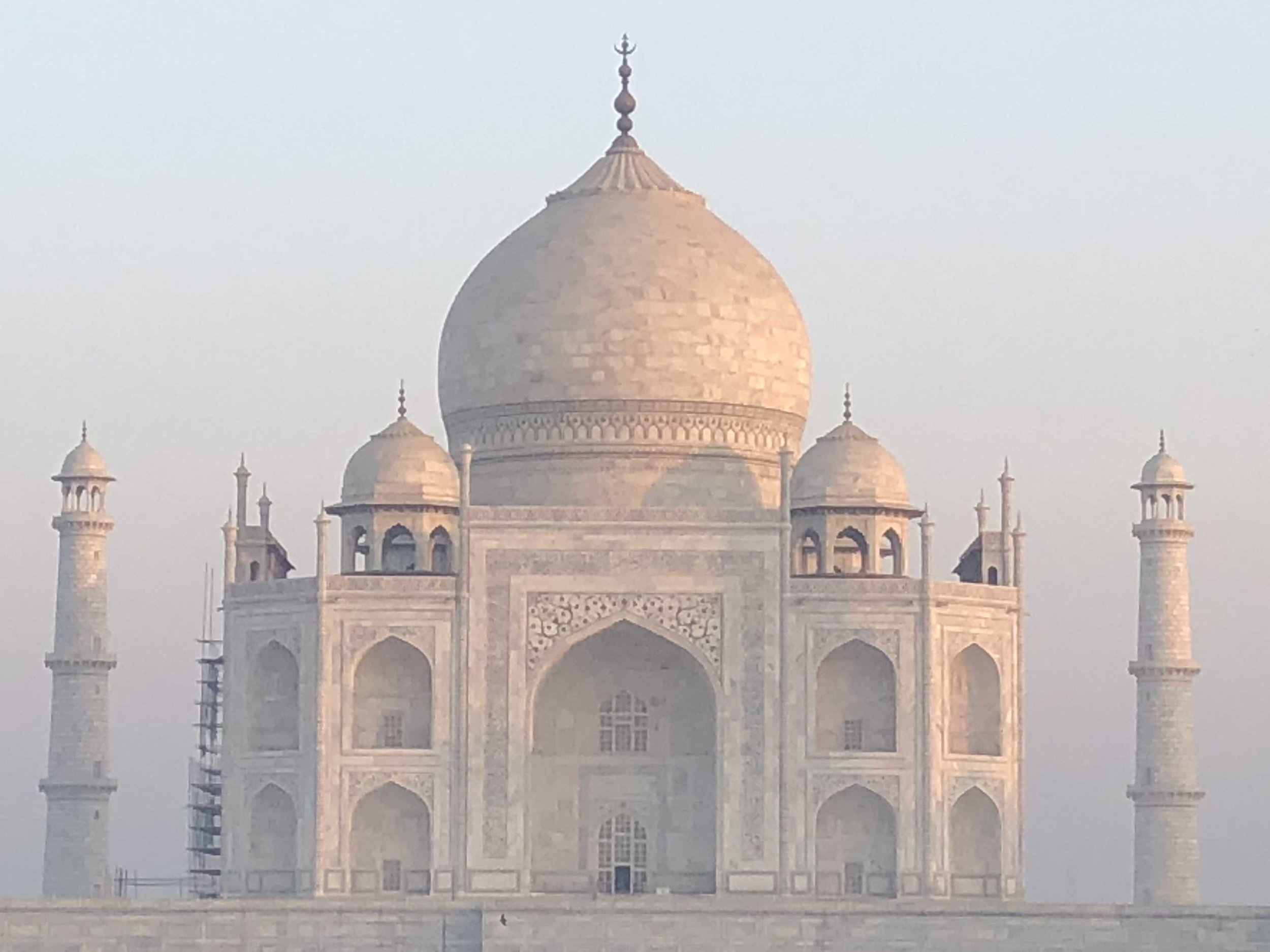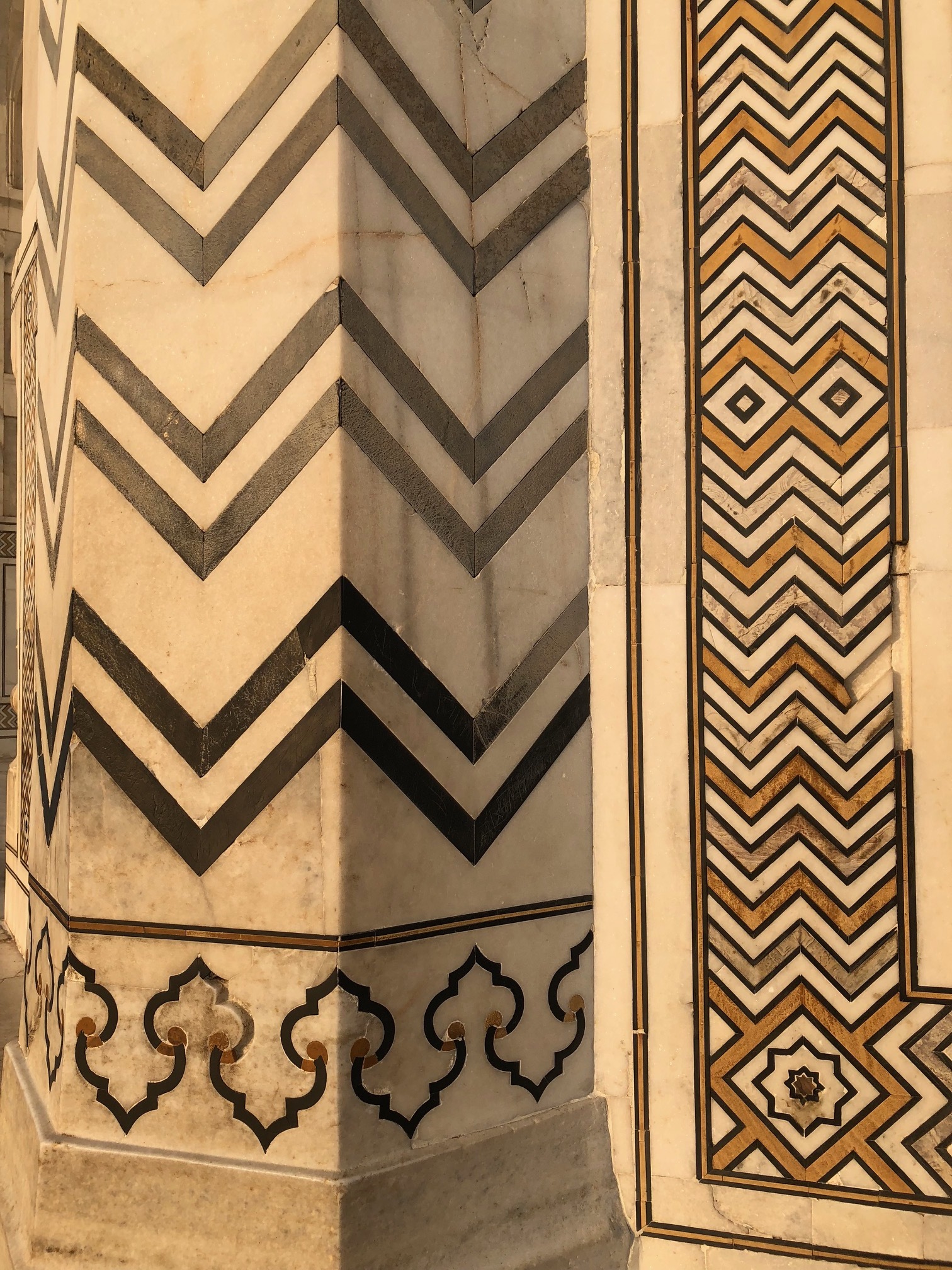Day 97-100: Gir
"I now understand why David Attenborough is so unflinchingly cheerful"
I’m not sure there are sufficient superlatives to describe just how much we relished our time at this national park. India has 103 parks and we’d already visited one in Rajasthan which was enjoyable but tigerless. (“It’s not a zoo” – Jacko’s refrain to everyone we’ve ever been in a 4x4 with ;- )
Gujurat wasn’t originally on our itinerary but our train ticket man Mr Dandapani insisted quite forcefully we visit when we met him to book the trip. So visit we did.
Gujurat is Prime minister Modi’s constituency and its run with an iron fist in an iron glove. No alcohol across the state being the most notable firmness of stance; but also, more pleasingly, how it runs its National Parks. Strict quotas about how many cars and guides at one time and for how long so a jeep car park it isn’t.
Click to play video: up close with the lions
We’d pre-organised two trips - one in the early morning and one late afternoon and your stay in Sasan Gir, the town built around the park, really revolves around this. However, on this occasion we also had the pleasure of an impromptu nature walk with the new manager of our hotel and an older man who used to be a trekker but was now the park security gate guard... okay - a slightly random but thoroughly enjoyable afternoon of chatting and ambling through Gir’s fields.
But whilst it was utterly charming to walk to the top of hills, spot baby deer and crawl into leopard caves (mostly uninhabited I was reliably informed at the time of entering…) it wasn’t a patch on the two days we spent with the lions. Ten in total – including five males playing together, an unheard of occurrence according to our uncharacteristically giddy guide; two lionesses and a cub; and a mating couple who we inadvertently caught in the middle of a bit of afternoon delight…
At the start of every safari its very easy to resign yourself to ‘probably not seeing anything today’ with gentle reminders from the guides that there are no guarantees but I found that a fair amount of the unexpected pleasure was actually in the anticipation and promise of what might be around the next bend / tree / hillock.
As it went our experience had the Asiatic lion in abundance and truly, it’s hard to express just how much joy seeing these creatures up ridiculously close brought. I now understand why David Attenborough is so unflinchingly cheerful and in our gratefulness it was a marvel our minds kept returning to for weeks after.
"Not a zoo!"
In the far northwest of the country now and we’ve nearly completed a full circuit of India. Travel much further north and we’d be back in Rajasthan, where we started three months ago.
Gujarat is a deeply conservative state with complete alcohol prohibition. This is something we’re reminded of when getting off the train and squeezing into a tuktuk. The driver asks if we’ve brought alcohol with us and I tell him ‘no.’ He scowls and narrows his eyes; “I can smell it.” Shamefacedly I try to explain that we were wine tasting in Nashik before living in a tent at a music festival in a vineyard then travelling here overnight in trying circumstances and no, I haven’t showered in days so yes, I’m sure you can small booze now I would very much appreciate it if you could start the motor and take me somewhere I can rebuild myself and rediscover my dignity thank you very much.
We’re here in Sasan Gir at the recommendation of Mr. Dapani, Indian Railways famed representative in the UK who has been helping travellers navigate the needlessly complex rail system from his shabby shop in Wembley for over twenty years. Gir is famous for its national park, a good size at 550 square miles, much of it impenetrable. It's the only home of the Asiatic Lion. Earlier in our trip we visited busy Ranthanbore park and enjoyed our safaris although we saw no tigers and were a little disappointed at just how many tourists (like ourselves) were crammed into fleets of large, noisy trucks and ferried in convoy through the otherwise lovely forests.
Gir is a little different. Huge and sprawling, visitor numbers are strictly controlled and our lodge sits inside the park itself with wildlife right on the doorstep. Our host and a local guide take us for a hike and as we pass through the gates I ask if the lions come close to the lodge. “Quite close” he replies and gestures to the recent carcass of a huge buffalo, big chunks missing from its body in what is unmistakably a big cat attack. It’s explained to us that lions are incredibly lazy, eat infrequently and have no interest in human meat when there are so many fat buffalo and dozy deer to feast on. There are small villages inside the park where life goes on as it has for centuries, the savvy locals mostly untroubled by the sizeable lion population (over 500), although their cattle are at risk. We’re reassured that the last human killed by a lion was fifteen years ago but there’s a definite sense of being closer to nature here than in Ranthanbore.
Our guide is friendly and keen to talk, translated through our host. He has no education, he says, but knows a lot about Winston Churchill and the Labour Party. We never really explore that topic though, as he beckons us into a dark and gloomy crack in the rocks. Puzzled, we ask what lives in here and are told that it used to be occupied by a holy man but these days it’s the occasional home of a leopard. We peer into the corners and back out carefully.
Our eagle-eyed guide natters on incomprehensibly, pointing out animals we would never have spotted; prairie bunnies, wild boar, deer and nilgai; weird, stocky creatures with the body of a cow and the head of a horse. It’s explained to us that the classification is important in a state where the cow is particularly sacred and local Hinduism can be militant and muscular and devotion is forcefully encouraged.
We see no lions, though but are more than rewarded later on our two jeep safaris.
Just the pair of us, a driver and guide in a small vehicle, this is a far better experience than the more celebrated Ranthanbore. The country we pass through is a dry forest, the trees baked and brittle, the colours dusty brown and ochre but it’s hardly a sterile place. Troops of monkeys are as ubiquitous as the peacocks that strut around, pretty and stupid and as common here as chickens. We see herds of deer and birds of all description, including garish parrots and day-glo bee-eaters, eagles and huge motionless owls. The greens and browns of the dense woods are occasionally punctuated by trees of striking colour, standing singly in vivid contrast to their surroundings. The Flames Of The Forest; festooned with incredibly bright orange flowers whose petals stand up and are shaped like the flames for which they’re named. Ghost trees; Australian gumtrees deposited as seeds by birds who migrate from the bottom of the world to the top and back again - eerie and bone white.
As our long tour ends we’re resigned to not seeing the lions, though we’ve had a very happy morning. It’s not a zoo, after all and the park is so vast there are many square miles in which to hide unseen. Just as we are leaving, though, our driver takes a turn and we pull up by a 4x4 with government livery. Lounging around and leaning on the bonnet are three self-satisfied older men; the men from the ministry, our guide tells us. After a bit of obsequious greeting by our guide, “and how is your health, Mr. Director, sir?” the guide nods towards where the big bosses are looking and we see we are only feet away from five lions, jumping and play fighting over the carcass of an bird that they tear off each other like a rugby ball. They’re all juvenile males, between three years old and four and a half, on the verge of separating and going off to lead the solitary lives of adult males. It’s incredible. We’re close enough to hear them chewing. Nearly full grown, their strength is obvious as the pounce and wrestle, batting at each other with their big paws. It’s very rare to see so many males together- our guide declares that he’s never witnessed it before - and when we return, the other guides and naturalists disbelieve us until we share the pictures. No coincidence that the big bosses were there; I guess they got whistled down to see when the five emerged.
We would have been more than satisfied with that but had arranged an evening safari, too so later, we head out again and are thrilled to come across two lionesses and a cub at a watering hole. Again, incredibly close. The trio pass right behind our jeep to reach the water.
If that weren’t enough, on our way out of the park, we’re flagged down by locals in dhotis and carrying long axes who calmly insist that it’s dangerous to continue. Ahead of us, partly obscured by the trees are a mating pair; a big old lion all over a submissive female. He finishes and roars before they casually pad off in separate directions.
Being so close to the big cats was unforgettable. Indeed, we’re all smiles for days afterwards.
We’re coming to the end of our time here in India and can honesty say that some of the best was left until last.
































































































